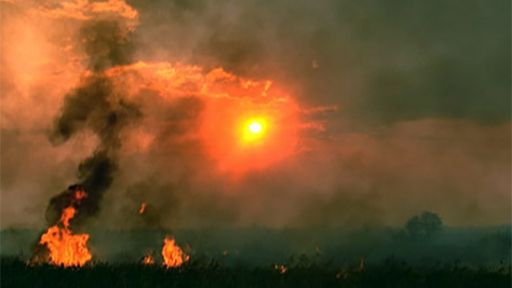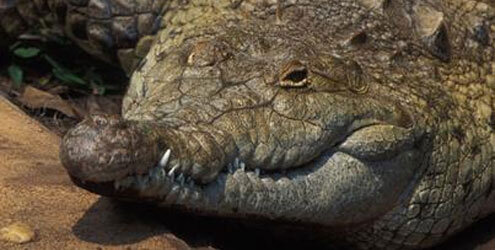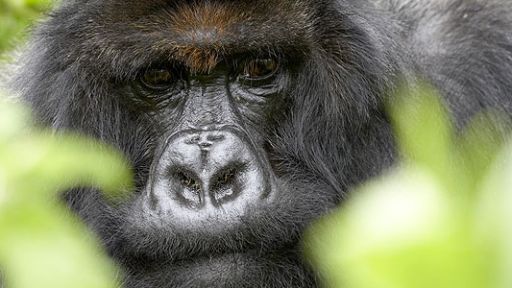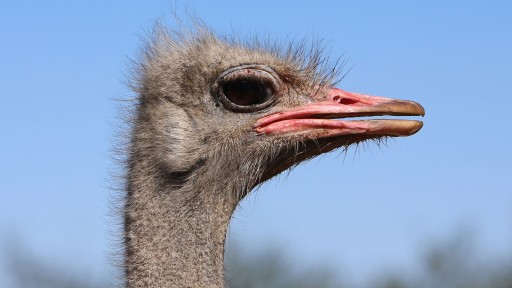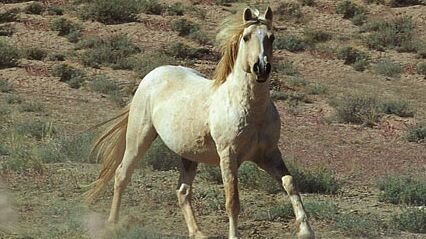The Kalahari Desert in Southern Africa is a world of extremes, its apparent emptiness punctuated by explosions of life. Relentless cycles of dry and wet, scarcity and plenty, dictate which creatures can live here, and which will die.
Shot in stunning high definition and 35mm film, and told through the eyes of renowned naturalist, filmmaker and longtime resident, Tim Liversedge, two remarkable films provide a masterful account of the inner workings of one of the last truly wild places on earth.
Kalahari: The Great Thirstland
Long spells of sparse rains leave riverbeds dry, and little to eat. Then, as if by magic, swarms and multitudes of birds and insects come to life, great herds of wildebeest and zebra gather, flamingoes coming home to breed fill the skies, and bullfrogs arise from years of sleep, when the great rains come to the Kalahari.

